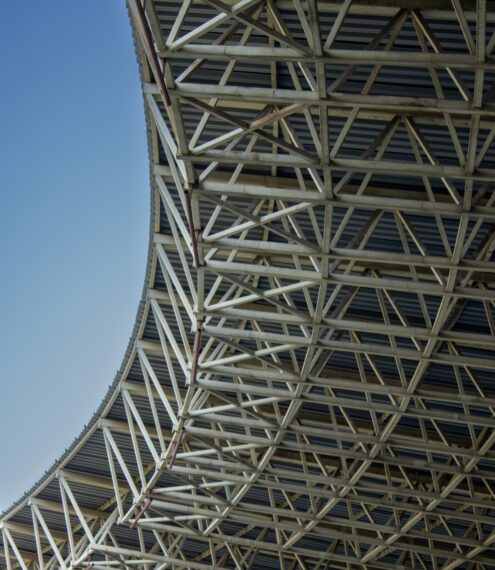What was the programme and what did it aim to do?
This study examines the effect on property prices of two new football stadia in London: The New Wembley Stadium and the Emirates Stadium. In both cases the stadia were replacements for older facilities, which helps to separate effects of ‘form’ from effects of ‘function’ (because the ‘function’ of the stadium was already performed by the older facility). As with most sports and culture projects, the objectives were not primarily about delivering local economic benefits. But it is still interesting to understand the economic effects. This study looks in particular at whether the new, improved architecture increases the desirability of the neighbourhood and therefore property prices.
What’s the evaluation challenge?
In general, sites for football stadia are not chosen randomly. The choice of neighbourhood is often a result of both history and institutional decision-making. This makes it harder to evaluate their effects, because there are a variety of potential reasons for different property prices closer to a stadium compared with further away. For example, the stadium may be centrally located and prices in that central area may be high for other reasons (such as good rail access, high level of consumption amenities, proximity to workplaces) rather than anything to do with the stadium itself.
What did the evaluation do?
In order to deal with this problem the authors use a difference-in-difference approach. Distance rings up to 5km are drawn around the two stadia (e.g. 0-1km, 1-2km, 3-4km and 4-5km) and properties in the outermost ring serve as the control group. Properties in the inner rings are separate treatment groups. The control properties are chosen to be as close as possible to the treated properties – but without being treated themselves – so that they are as similar as possible. The authors then look at the change in property prices inside each inner ring, and compared to the change in the outer ring. Furthermore, they use a large set of control variables to account for differences in property and location characteristics between the treatment and control groups.
To implement this approach, the authors used a dataset of property prices from Nationwide Building Society. This dataset contains the address, price and property characteristics for 5,263 properties within 5km of Wembley and a further 9,933 within 5km of Emirates. Importantly, they observe transactions in both the pre- and post-construction periods for both stadia. They were also able to replicate their results using an alternative dataset of Land Registry property transactions.
How good was the evaluation?
According to our scoring guide, difference-in-differences receives a maximum of 3 (out of 5) on the Maryland Scientific Methods Scale (Maryland SMS). This is because it does well to control for observable differences (e.g. unemployment levels) between areas with sport stadia and areas without them, but is unable to control for unobservable differences (such as changes in perceptions of the neighbourhood). Since the control group is chosen to be in close proximity of the treatment groups, and since the study uses a wide variety of variables to control for remaining differences we score it a 3 on the SMS.
What did the evaluation find?
This evaluation finds significant increases in property prices surrounding both new stadia compared with the control groups. In both cases, this effect decreases with distance to the new stadia but for New Wembley the decline is more gradual. The authors suggest the wider effect for New Wembley is a result of an architectural feature – the arch that stretches about 130m high. They calculate the total increases in property prices (£1.91bn) to be larger than the construction costs (£1.4bn). For Emirates, where the stadium was relocated by around 500m, they found an increase in property prices where distance to the stadium was reduced. Property prices increased around Emirates but decreased around the old Arsenal stadium leading to a net negative effect on the neighbourhood.
What can we learn from this?
These results point to the possibility of large positive stadium effects on nearby properties. This suggests that stadia, particularly when of high architectural quality, may be able to contribute to physical neighbourhood regeneration. In this case, it might be socially beneficial to invest public funds to ensure a high quality of stadium design. However, the distributional consequences of such investment would be complex. The benefits will typically accrue to homeowners, who experience a gain in property value, rather than renters, who will likely experience higher rents and may be displaced. Further, it may be that the neighbourhoods surrounding the new stadia are made more attractive at the expense of the desirability of other neighbourhoods elsewhere, which then suffer. Finally, whilst the empirical method is fairly robust, there may be unobservable factors driving these results. If so, the true effects could be much smaller.
Reference
Ahlfeldt, G.M., and Kavetsos, G. (2014). Form or function?: the effect of new sports stadia on property prices in London. Journal of the Royal Statistical Society Series A: Statistics in Society 177, 169–190. [Study 311 from our Sports and Culture review]





